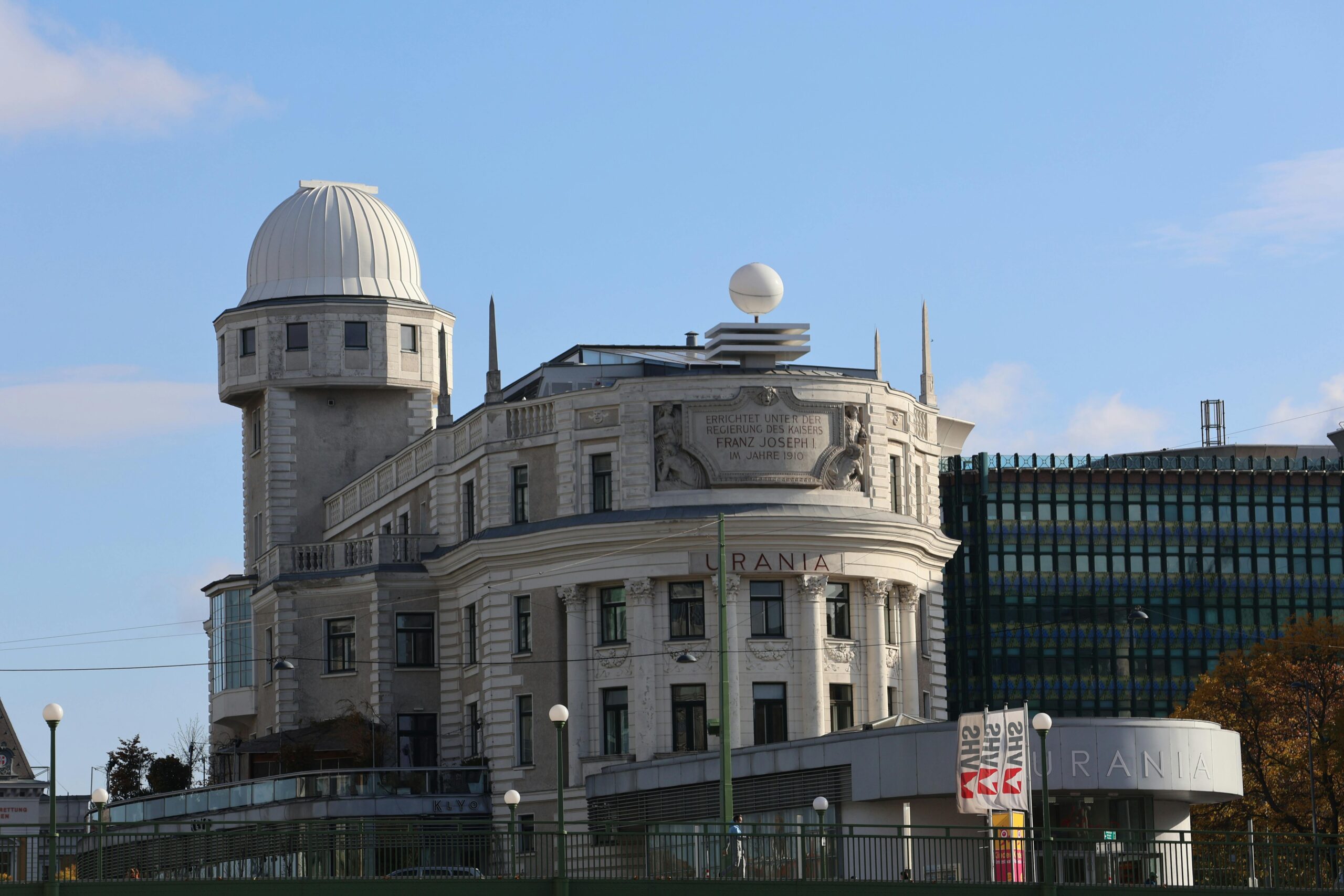Scientists are uncovering remarkable insights into human longevity by studying telomeres in populations known for their exceptional lifespans, revealing patterns that could transform how we approach aging.
🧬 The Telomere Revolution: Why These Tiny Structures Matter
Telomeres have emerged as one of the most fascinating frontiers in longevity research. These protective caps at the ends of our chromosomes function much like the plastic tips on shoelaces, preventing the genetic material inside our cells from fraying and deteriorating. Each time a cell divides, telomeres naturally shorten, acting as a biological clock that counts down our cellular age.
What makes telomeres particularly intriguing is their direct correlation with biological aging. While chronological age simply measures the years since birth, biological age reflects how well our bodies are actually functioning. Researchers have discovered that telomere length serves as a reliable biomarker for this biological age, potentially predicting disease risk and overall lifespan.
The groundbreaking work on telomeres earned Elizabeth Blackburn, Carol Greider, and Jack Szostak the Nobel Prize in Physiology or Medicine in 2009. Their research revealed not only how telomeres protect chromosomes but also identified the enzyme telomerase, which can actually rebuild these protective caps. This discovery opened entirely new avenues for understanding why some people age more gracefully than others.
🌍 Exceptional Populations: Nature’s Longevity Laboratories
Around the world, certain populations consistently outlive their global counterparts, forming what researchers call “Blue Zones.” These regions include Okinawa in Japan, Sardinia in Italy, Nicoya Peninsula in Costa Rica, Ikaria in Greece, and Loma Linda in California. Scientists have turned to these communities as living laboratories to unlock the secrets of extended healthspan and lifespan.
Recent telomere studies in these exceptional populations have revealed surprising patterns. Centenarians from these regions often display longer telomeres than expected for their chronological age, suggesting that their lifestyle factors may be actively preserving or even rebuilding these cellular structures. The Okinawan population, for instance, shows remarkable telomere maintenance well into their 90s and beyond.
But it’s not just geographic Blue Zones that fascinate researchers. Elite athletes, meditation practitioners, and individuals with specific genetic backgrounds also demonstrate unusual telomere patterns. The Seventh-day Adventist community in Loma Linda, California, provides a particularly controlled population for study, as their lifestyle choices are guided by specific health principles that include plant-based diets and regular physical activity.
🔬 What the Research Actually Shows
Comprehensive telomere studies across exceptional populations have yielded several consistent findings. Research published in leading journals like The Lancet and Nature has documented that individuals living in longevity hotspots typically exhibit telomere lengths 10-15% longer than age-matched controls from conventional populations.
A landmark study examining Italian centenarians found that these individuals not only had longer telomeres but also showed less variability in telomere length across different cells. This uniformity suggests more stable cellular aging processes and potentially explains their reduced incidence of age-related diseases like cardiovascular disease, diabetes, and certain cancers.
Particularly fascinating is research on the Tsimane people of Bolivia, who demonstrate remarkably low rates of cardiovascular disease and maintain longer telomeres throughout their lives. Their traditional lifestyle, characterized by high physical activity levels, low-processed food consumption, and strong social bonds, appears to create an environment conducive to telomere preservation.
🍽️ Dietary Patterns That Protect Your Cellular Clock
Nutritional studies in long-lived populations consistently point to specific dietary patterns associated with longer telomeres. Mediterranean-style diets, rich in omega-3 fatty acids, antioxidants, and polyphenols, have shown protective effects on telomere length in multiple studies.
The traditional Okinawan diet, which historically consisted of 80% carbohydrates (primarily from sweet potatoes), 10% protein, and 10% fat, with caloric restriction as a natural practice, correlates with exceptional telomere maintenance. Modern research suggests that the high flavonoid content and low glycemic load of this diet may reduce oxidative stress on cells, thereby slowing telomere shortening.
Specific nutrients have emerged as particularly important for telomere health:
- Omega-3 fatty acids from fish and plant sources show consistent associations with longer telomeres
- Vitamin D levels correlate positively with telomere length across multiple populations
- Folate and B vitamins support DNA methylation processes that protect telomeres
- Antioxidants like vitamins C and E help neutralize oxidative damage to telomeric DNA
- Magnesium plays a crucial role in telomerase activity and DNA repair mechanisms
Conversely, processed meats, refined sugars, and trans fats have been linked to accelerated telomere shortening. A study of over 5,000 adults found that those consuming the highest amounts of processed foods had significantly shorter telomeres than those eating whole, minimally processed foods.
💪 Movement as Medicine for Your Chromosomes
Physical activity patterns in long-lived populations offer compelling evidence for exercise’s role in telomere maintenance. However, it’s not about intense gym sessions—exceptional populations typically engage in moderate, consistent physical activity integrated naturally into daily life.
Research published in Preventive Medicine found that individuals who engaged in regular moderate exercise had telomeres that appeared nine years younger biologically than sedentary individuals. The sweet spot appears to be around 150 minutes of moderate activity weekly, consistent with both WHO recommendations and the natural activity levels observed in Blue Zones.
Interestingly, the type of exercise matters. While endurance exercise shows strong protective effects, excessive high-intensity training without adequate recovery may actually increase oxidative stress. The traditional lifestyle of Sardinian shepherds, who walk miles daily over mountainous terrain, provides a model of sustained, moderate physical activity that appears optimal for telomere preservation.
🧘 The Stress-Telomere Connection
Perhaps one of the most significant discoveries in telomere research involves psychological stress. Chronic stress accelerates telomere shortening through multiple mechanisms, including increased inflammation, elevated cortisol levels, and oxidative damage to cells.
A groundbreaking study by Dr. Elissa Epel and Dr. Elizabeth Blackburn compared mothers caring for chronically ill children with control groups. The stressed mothers showed dramatically shortened telomeres, with the most stressed individuals displaying cellular aging equivalent to a decade of additional life. This research fundamentally changed how scientists understand the mind-body connection in aging.
Long-lived populations typically demonstrate strong stress-management practices. In Okinawa, the concept of “ikigai” (a reason for being) provides psychological purpose that buffers against stress. Sardinians maintain tight-knit family structures that distribute caregiving responsibilities. The Seventh-day Adventists prioritize a weekly Sabbath for rest and spiritual renewal.
Meditation and mindfulness practices have shown particularly promising effects on telomere length. A study of experienced meditation practitioners found they had significantly longer telomeres than matched controls, with the effect size corresponding to approximately four to eight years of reduced cellular aging.
🛏️ Sleep Quality and Cellular Restoration
Emerging research highlights sleep as a critical factor in telomere maintenance. During deep sleep, cellular repair processes operate at peak efficiency, including telomerase activity that can rebuild shortened telomeres.
Studies examining sleep duration and quality consistently find U-shaped relationships with telomere length—both too little and too much sleep associate with shorter telomeres. The optimal range appears to be seven to eight hours nightly, with sleep quality potentially more important than quantity.
Long-lived populations typically maintain consistent sleep-wake cycles aligned with natural light patterns. They avoid artificial light exposure late in the evening, which can disrupt circadian rhythms and melatonin production. Melatonin, beyond its sleep-regulating functions, acts as a powerful antioxidant that may directly protect telomeres from oxidative damage.
👥 Social Connections and Cellular Health
One of the most consistent findings across all longevity hotspots is the presence of strong social networks and community engagement. Research has revealed that social isolation and loneliness accelerate telomere shortening as significantly as smoking or obesity.
A study published in PLOS ONE found that individuals with strong social relationships had telomeres equivalent to being seven years younger than socially isolated individuals. The mechanisms likely involve reduced stress hormones, increased oxytocin (which may protect telomeres), and behavioral factors like better health habits and medication adherence.
In Sardinia, multi-generational households remain common, providing built-in social support and purpose across the lifespan. The Nicoya Peninsula maintains strong community ties through regular social gatherings and shared cultural practices. These social structures appear to create biological benefits that extend down to the cellular level.
🧪 Genetic Factors: Nature’s Blueprint for Longevity
While lifestyle factors significantly influence telomere length, genetic variations also play important roles. Researchers have identified several genetic polymorphisms associated with longer telomeres and extended lifespans in exceptional populations.
The TERT gene, which codes for telomerase, shows interesting variations in long-lived populations. Certain variants associate with more efficient telomerase activity, potentially allowing better telomere maintenance throughout life. Similarly, variations in genes related to inflammation, oxidative stress response, and DNA repair show different frequencies in centenarian populations.
However, genetics appears to account for only 20-30% of longevity variation. The remaining 70-80% relates to environmental and lifestyle factors—offering hope that most people can significantly influence their aging trajectory through modifiable behaviors.
🔮 Future Directions: From Research to Real-World Applications
The telomere research emerging from exceptional populations is beginning to translate into practical interventions. Several ongoing clinical trials are testing whether lifestyle modifications can measurably lengthen telomeres and improve health outcomes.
The ORNISH study, led by Dr. Dean Ornish, demonstrated that comprehensive lifestyle changes including diet, exercise, stress management, and social support actually lengthened telomeres over five years—the first controlled trial showing telomere lengthening in humans. Participants following the program showed a 10% increase in telomere length, while controls showed a 3% decrease.
Pharmaceutical companies are exploring telomerase activators, though ethical concerns remain about potentially increasing cancer risk (since cancer cells often reactivate telomerase). More promising may be interventions that reduce telomere shortening rates through anti-inflammatory and antioxidant mechanisms.
Personalized medicine approaches are emerging that could measure individual telomere length and shortening rates, potentially guiding customized interventions. However, commercial telomere testing remains controversial, with concerns about interpretation, clinical utility, and psychological impacts of receiving results.
⚡ Implementing Longevity Lessons in Modern Life
Translating insights from exceptional populations into contemporary lifestyles presents challenges but also opportunities. You don’t need to move to a Blue Zone to benefit from their wisdom—strategic implementation of key principles can make significant differences.
Start with nutrition by shifting toward a plant-predominant diet rich in colorful vegetables, legumes, whole grains, and healthy fats. Gradually reduce processed foods, added sugars, and excessive animal products. The goal isn’t perfection but consistent patterns aligned with longevity populations.
For physical activity, seek opportunities for natural movement throughout the day rather than viewing exercise as a separate obligation. Walking meetings, active transportation, gardening, and playing with children or grandchildren all contribute to the moderate, consistent activity patterns seen in long-lived populations.
Stress management requires deliberate practice in modern environments. Whether through meditation, prayer, nature exposure, or creative pursuits, establishing regular practices that activate the relaxation response appears crucial for telomere protection.
Perhaps most importantly, invest in relationships and community connections. Regular face-to-face social interactions, participation in group activities, and maintenance of close friendships provide both psychological and biological benefits that extend to cellular health.
🌟 The Bigger Picture: Beyond Just Living Longer
The ultimate goal of longevity research isn’t merely extending lifespan but expanding healthspan—the years lived in good health, free from disability and disease. Telomere studies in exceptional populations reveal that these communities don’t just live longer; they remain functionally independent, mentally sharp, and socially engaged well into their final years.
This compression of morbidity—where illness is compressed into the very end of life rather than spread across decades—represents the true promise of longevity science. Rather than adding years of decline and dependence, the goal is maintaining vitality and purpose throughout an extended life.
The centenarians of Blue Zones embody this ideal, often remaining active contributors to their communities well past 100 years of age. Their longer telomeres appear to be both a marker and a mechanism of their extended healthspan, protecting against the cellular damage that underlies age-related diseases.

🎯 Your Cellular Age: Taking Action Today
Understanding telomere science empowers informed decisions about daily habits and long-term health strategies. Every meal choice, movement opportunity, stress response, and social interaction potentially influences your cellular aging trajectory.
The research from exceptional populations provides a roadmap backed by both observational evidence and emerging intervention studies. These aren’t unproven theories but patterns consistently observed across diverse populations and validated through biological measurements.
The beauty of telomere science is its integration of multiple health dimensions—nutrition, exercise, sleep, stress management, and social connection—into a unified framework for understanding aging. Rather than isolated interventions, optimal telomere maintenance requires a holistic approach that mirrors the integrated lifestyles of the world’s longest-lived people.
As research continues unveiling the secrets encoded in our chromosomes, the fundamental message remains clear: while we cannot control our genes, we hold significant power over how those genes express themselves. The exceptional populations demonstrating remarkable longevity prove that human healthspan is more malleable than previously imagined, with telomeres serving as both the mechanism and measurement of our cellular destiny. The question isn’t whether we can influence our aging—it’s whether we’ll apply the lessons already revealed by those who’ve mastered the art of living long, living well.
Toni Santos is a longevity writer and regenerative medicine researcher dedicated to exploring how biology, technology, and ethics can extend healthspan. With a focus on cellular repair and anti-aging biotechnology, Toni examines how next-generation therapies translate lab breakthroughs into real-world vitality. Fascinated by stem cell science, telomere dynamics, and systems biology, Toni’s journey bridges research reviews, expert interviews, and clear public communication. Each article he shares aims to separate evidence from hype—helping readers understand what’s promising, what’s premature, and what truly supports long-term health. Blending molecular biology, clinical insight, and accessible storytelling, Toni investigates interventions that target the root drivers of aging. His work honors responsible innovation—prioritizing safety, transparency, and human wellbeing in the pursuit of extended healthspan. His work is a tribute to: Anti-aging biotechnology grounded in rigorous evidence Cellular rejuvenation pathways that restore function and resilience Stem cell and telomere research advancing ethical longevity care Whether you’re a clinician, researcher, or health enthusiast, Toni Santos invites you to explore the frontiers of regeneration—one discovery, one mechanism, one healthier year at a time.




